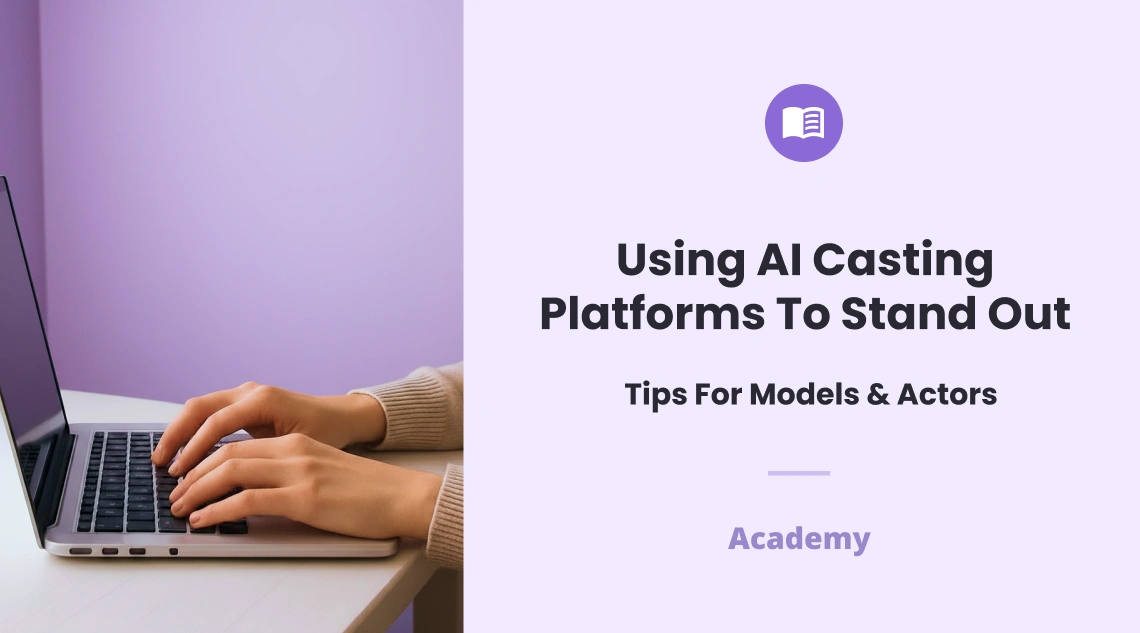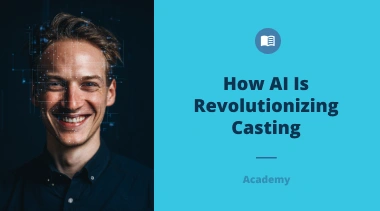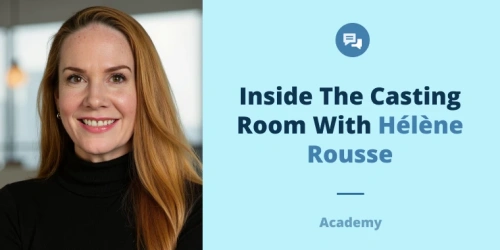Assisting In Finding Casting Calls With The Best Fit
It is important to understand what AI casting platforms even are before putting them to serious use. Their main function is to automate and optimize many of the tasks during the casting call process that previously had to be done manually.
Amongst the things AI casting platforms can do to help the workflow of a casting process is finding the best matches for the individual actor or model from a pool of available casting calls. The Artificial Intelligence program compares the requirements for the modeling or acting role to those listed in the portfolio of performers considering applying for the casting call.
Amongst those requirements for the particular role can be physical attributes of the model or actor, as well as their prior experience. As there can be hundreds of casting calls posted online, the incorporation of AI tools into the role matching process saves significant time for the hopeful performer searching for new opportunities that would potentially be the most likely to consider them for hiring.
Updating The Modeling Or Acting Portfolio
Speaking of acting or modeling portfolios, it is hard to understate how important a portfolio is in the process of searching for new gigs. Incomplete information or a poorly formatted acting or modelling resume can really break a performer's chances as an applicant for a casting call. Even more so in the current era, when casting directors themselves are using Artificial Intelligence programs to sort through the huge number of applications to the casting calls, thus lowering the chances of a poorly made portfolio still getting noticed.
Models and actors can use AI themselves to ask the programs for tips on how to improve their existing portfolios. Yet again, it is another way that AI programs can optimize the job search process for performers, this time by improving the portfolio in a more cohesive and informative way, as well as making its visual formatting more appealing.
Improving The Headshots And Demo Reels
In terms of improving the portfolio, AI can also lend a hand in deciding which headshots and other included photographs are the best choices to include in the portfolio by not only using the generally best industry practices in the matter of curating the best possible selection but even identifying the photos with less natural expressions or technical inconsistencies.
The same goes for video content, if available. AI can improve the general quality of the demo reel, making the footage selections feel more like a consistent artistic choice than just randomly thrown together bits of videos. If required, AI can also generate copyright-free sound effects for the demo reel and add extra visuals, allowing models and actors to create a professional-looking footage compilation even without video editing skills.
Understanding The Legal Aspects Of Using AI
As stated above, the use of Artificial Intelligence in the entertainment industry now goes both ways. While models and actors can use it to their advantage, it can also be used against them in ways such as unauthorized AI voice replications or digital likeness usage for commercial purposes.
As the legal rights and legislations regarding AI are still in their initial stages, performers should be very careful when agreeing to license their image and voice for tasks such as AI training. It is advisable to have legal counsel to go through such contracts before deciding to agree. Thankfully, AI technologies can actually help actors and models to monitor this and report unauthorised use of their likeness when detected.




